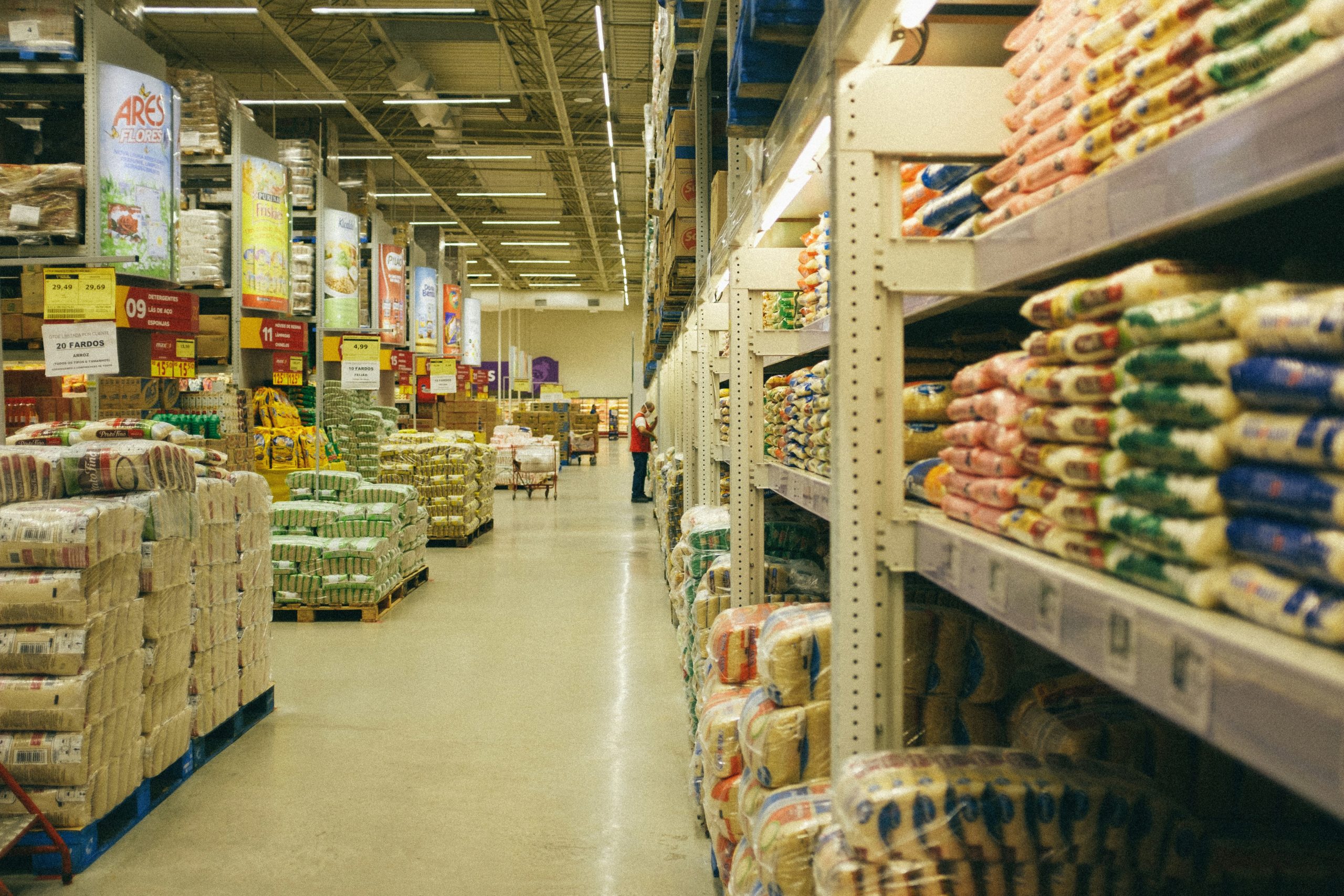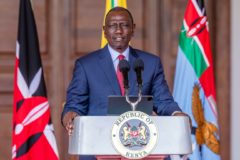Uganda’s annual inflation rate for March 2024 fell slightly to 3.3%, down from 3.4% in February 2024. This remains below the Bank of Uganda’s (BoU) target of less than 5%. The development comes after the BoU maintained the central bank rate (CBR) at 9.5% in February 2024, in a bid to manage inflation.
Data seen by TechCabal suggests this decline is primarily due to a steady core inflation rate of 3.4% in both periods. The main driver of this core inflation was the rise in service prices, which jumped to 5.5% for the year ending March 2024, up from 5.4% in February 2024.
The increase in service prices was linked to higher passenger transport costs, rising to 2.6% in March 2024 from 1.2% in February 2024. Financial services also saw a significant jump, reaching 13.4% in March 2024, compared to 0% in February 2024. This notable growth in financial service inflation warrants further investigation, and it is unclear if the government has taken specific measures in this sector.
Read more: Kenya’s March inflation drops to 5.7% as KES gains against the US dollar
Inflation for other goods was lower, reaching 1.6% for the year ending March 2024, down from 1.8% in February 2024. Relatively stable prices for most goods drove this slowdown, save for dried kapenta (silver cyprinid), popular local gin (waragi), and goat meat, which saw price increases in March 2024 compared to February 2024.
“Meat prices increased by 14.0 percent in March 2024 compared to 9.3 percent recorded in February 2024,” a report from the Uganda Bureau of Statistics states.
Energy inflation
Uganda’s annual energy and fuel inflation slowed to 7.6% in March 2024 compared to 8.0% in February 2024. This moderation was thanks to decreased price increases for charcoal, firewood, and petrol.
At the same time, the slowdown in energy and fuel prices suggests potential government interventions to stabilise fuel prices or promote alternative energy sources.





















